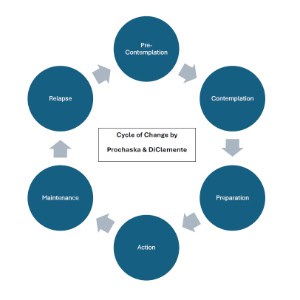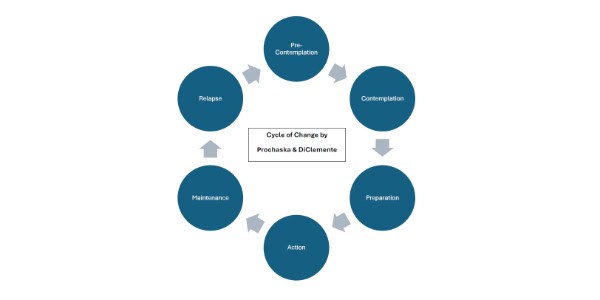You Can Be Too Pigheaded (WT781)
BlogMy 87 year old uncle lives alone.
A few years back he was diagnosed with Guillain-Barre syndrome in which he experienced muscle weakness of the legs.
Over time, his legs became more painful and his mobility was severely restricted.
Unsteady on his feet, when he fell, he was unable to get himself up.
Despite having a special alarm that would summon the ambulance or other help within an hour if he fell, he refused to carry it.
Hence the “pigheaded” description.
No amount of pleading, arguing, bribing etc. would get him to use the alarm.
And this week he ended up in the hospital after having fallen through the night in the bathroom. There he lay for approximately 17 hours in nothing but a pair of pyjamas on the cold tiles.
If only he had agreed to wear the alarm, he could have been quickly helped.
So what has this got to do with you?
Well, according to Google AI review, “Pigheadedness refers to the quality of being stubbornly unyielding in one’s opinions or plans, often to the point of being unreasonable or annoying. It’s a characteristic of someone who resists change and is unwilling to consider different perspectives.”
If you’re honest with yourself, are there times when you are pigheaded?
Do you resist change at work or at home?
Are you willing or unwilling to consider different perspectives?
Are there times when you are unyielding in your opinion or plans?
If so, please reconsider.
Please take my uncle’s experience as a warning.
You can be too pigheaded.
And one last point, being pigheaded doesn’t only affect you. It affects those around you, who often have to clean up your mess or spend time supporting you being inconvenienced for something that could have been prevented.
As they say in America, “I’m just sayin’”
Let’s all take a look at ourselves and our attitudes and behaviours and ask ourselves, am I being too pigheaded?
If so, you know what to do.
P.S. Invite your friends to get the Weekly Thought delivered directly to their inbox.











